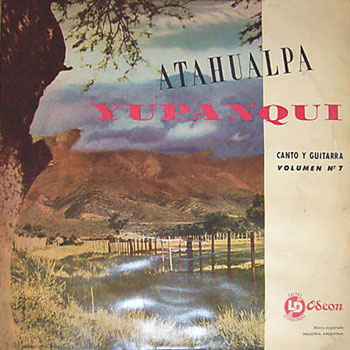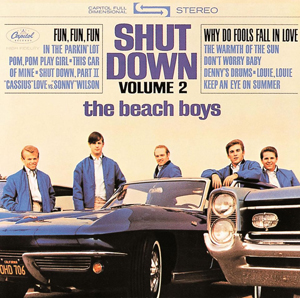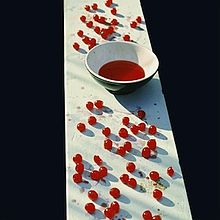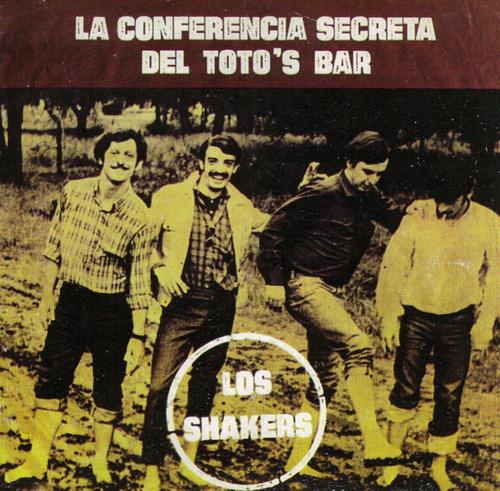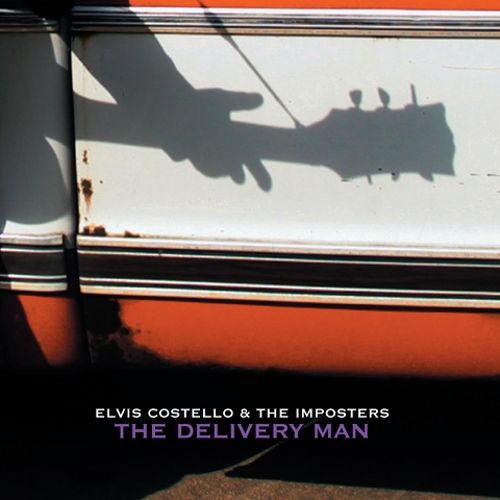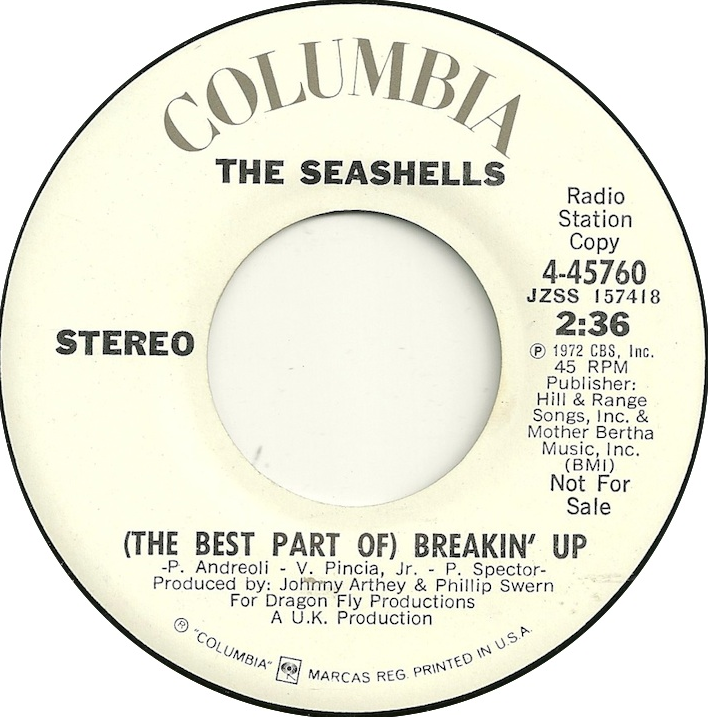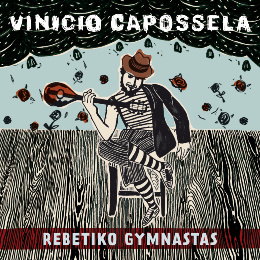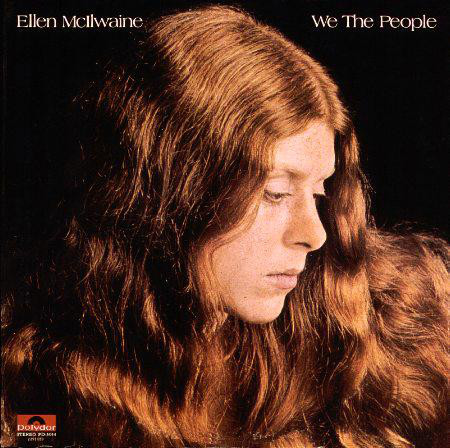
“Farther Along” (1973) – Ellen McIlwaine * Traditional * LP: We the People * Produced by Peter K. Siegel * Label: Polydor
The widely-covered “Farther Along” has the sturdy simplicity of a traditional spiritual, but its roots go back no earlier than 1911, apparently. Wikipedia tells a tidy, unsourced story about its origins and copyrighted status, but a post at David’s Hymn Blog gives a more thorough overview. Although Ellen McIlwaine’s albums all showcase her formidable slide guitar chops, this version of “Farther Along,” from her early seventies We the People album, relies on her a cappella lead vocal bolstered up by the mighty Persuasions.

